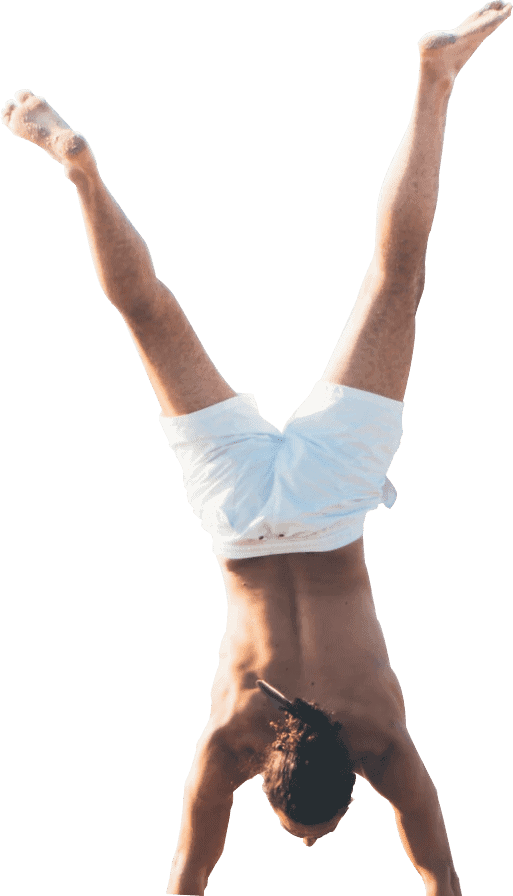By Majda Mehdizadeh
Physiotherapist at Life Ready Physio + Pilates South Perth
________________________________________________________________________
It’s a rivalry that spans longer than the West Coast Eagles and the Fremantle Dockers. People feel like they are either “yoga people” or “Pilates people”. But what is the difference? IS there a difference? The answer is no, but yes.
What is Yoga?
The origins of yoga span back to over 5,000 years to Northern India. Yoga underwent transformations over the years and masters, or “yogis”, began to use the physical body as a means of obtaining spiritual enlightenment.
Today, the same philosophy stands – the mind and body have a deep connection that cannot be individualised in the way we live and move. Yoga postures were designed to not only strengthen the body and improve flexibility, but also to gain a higher form of self-awareness and consciousness – a truly spiritual experience.
Benefits of Yoga
- Increased flexibility
- Improved balance
- Increased muscle strength and endurance
- Increased muscle tone
- Reduces stress and anxiety and can help reduce depression
- Improved general well-being and quality of life
- Improved sleep and concentration
- Improved breathing capacity
Sounds pretty good, huh?
Then, what is Pilates?
Pilates dates back to the 1920s and was created by and takes its name from, a German man named Joseph Pilates who developed a new method of exercise to strengthen, rehabilitate and heal the body.
It was first used on injured soldiers and dancers, but today, can be used on just about anyone and everyone. Pilates utilises equipment that is based on springs to provide resistance to muscles.
Benefits of Pilates
- Increased flexibility
- Improved balance
- Increased muscle strength and endurance
- Increased muscle tone
Sound familiar?
Other benefits of Pilates also include
- Injury rehabilitation and prevention
- Improved muscle control
- Specific abdominal muscle strength for postnatal women with a rectus abdominus separation
- Improved movement efficiency
- Optimised body postures for maximum muscle activation during exercises
Sounds even better, doesn’t it?
Which one is right for you?
While the best type of exercise is the one that doesn’t feel like you’re exercising (that is, the one you enjoy doing) if you have an injury or pain, then Pilates could be the type of exercise you are looking for.
Most physiotherapists are also trained in Clinical Pilates and offer the service alongside, or as a part of, exercise-based rehabilitation for patients suffering from a multitude of injuries or pains.
Pilates under the supervision of a physiotherapist, also allows the exercises to be tailored to your body and specific needs or goals so you get exactly what you need.
Take it from us, reformers are also fun. Really fun!
Learn more about Pilates here, or book a Pilates appointment with a physiotherapist today and see for yourself!
